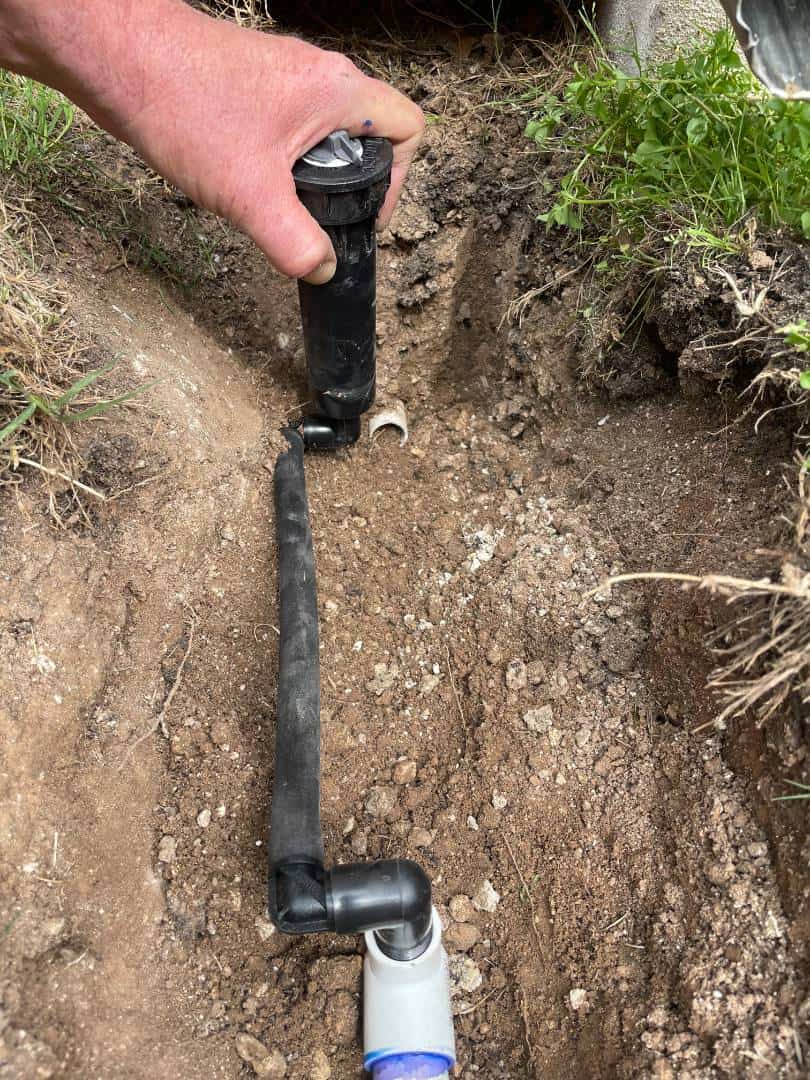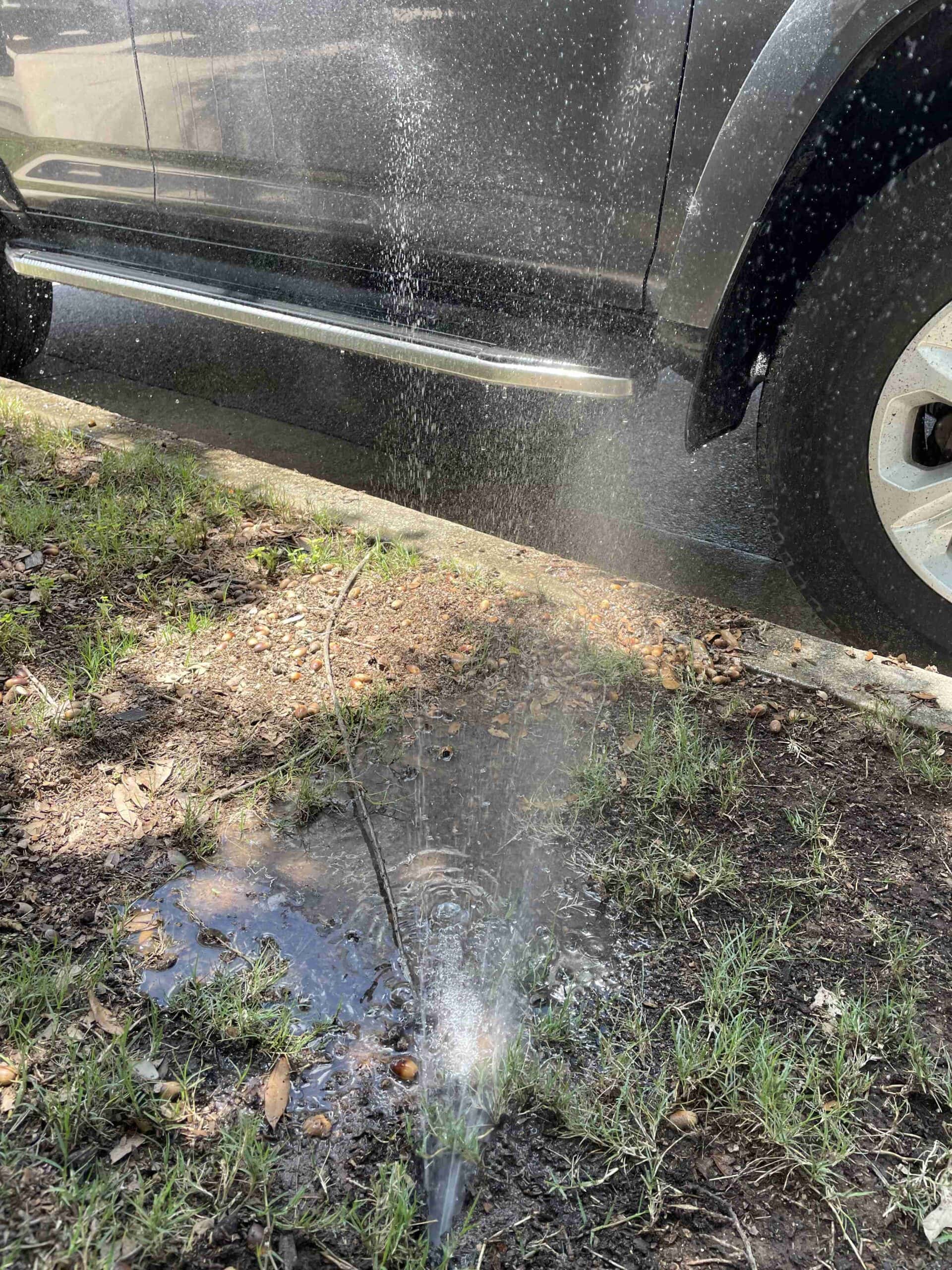Sprinklers: Types & How to Choose the Right One for Your Lawn
Every plant needs irrigation to grow. In the same way no two people are exactly alike, no two plants are either–and neither are two yards. For this reason, multiple sprinklers are on the market, and choosing the right one for your lawn is important. Let’s break down the different sprinkler types and help you choose the one that’s best for you.
Different Types of Sprinklers
To achieve 100% irrigation, there are four main types of sprinklers to consider: fixed sprinklers, oscillating sprinklers, rotating sprinklers, impact sprinklers, and drip irrigation systems.
Fixed Sprinklers
Fixed sprinklers are often taller than other sprinkler types, meaning they can reach over plants and other obstacles. They also work well with low water pressure. For these reasons, fixed sprinklers are usually used for watering flower and shrub beds, as well as small lawns and ground cover. They're also very affordable because they don’t feature moving parts that succumb to wear and tear.Oscillating Sprinklers
Oscillating sprinklers provide gentle, even coverage on large or small lawns. They work best on yards that are rectangular or otherwise uniform in shape, and they can handle both high and low water pressure. They’re great for large areas and plants that need a lot of water and work especially well with newly planted areas.Rotating Sprinklers
Rotating sprinklers are best suited for medium to large lawns or open spaces. They’re ideal for lawns with slopes, low-draining soil, and areas from 30 square feet to a diameter of 150 feet in size. They deliver water in a stream instead of a mist and deliver water more slowly than spray sprinklers. It’s worth noting that they may not fully cover a rectangular area, and they usually require more water pressure than other sprinkler types, above 30 PSI.Drip Irrigation Systems
Drip irrigation is beneficial for any plant that needs targeted irrigation. Though mostly used for crops, it’s also great for vegetable and perennial gardens, trees and vines, narrow or irregularly shaped spaces, and under hedges. It works well in almost any terrain, but it’s important to note that it shouldn’t be used under lawns or grass areas as the roots can clog the emitters.What to Consider When Choosing a Sprinkler for Your Lawn
When selecting a sprinkler for your lawn, four factors to consider are lawn size and shape, water pressure, soil type, and the water needs of your yard’s plants.Lawn Size and Shape
The size and shape of your lawn directly affect which sprinkler you need because certain sprinklers are made to cover larger areas. Additionally, if your yard is strangely shaped, you may need a combination of sprinkler types or a more targeted sprinkler type to ensure that every area of your lawn receives proper watering.Water Pressure
As previously established, each sprinkler type provides a different water pressure. But every plant requires a different pressure. Many plants can thrive with little water, but they are usually house plants or succulents. The plants in your garden typically require more water and a heavier water pressure.Soil Type
Your soil type will determine the necessary frequency and length of watering periods. For example, sandy soils typically require more frequent irrigation in shorter intervals, whereas clay soils require long, infrequent irrigation.Plant Types and Their Water Needs
In the same way different soil types have different watering requirements, your plants do, too. Most homeowners sync their plant choices up with local climate conditions, which also typically means that all their plants have the same watering requirements.Sprinkler System Upgrades
There are many technological advancements in the sprinkler industry that are revolutionizing the way you water your plants. Three things of particular consideration are smart systems for better automation, water conservation technologies, and blending sprinklers into your landscape.
